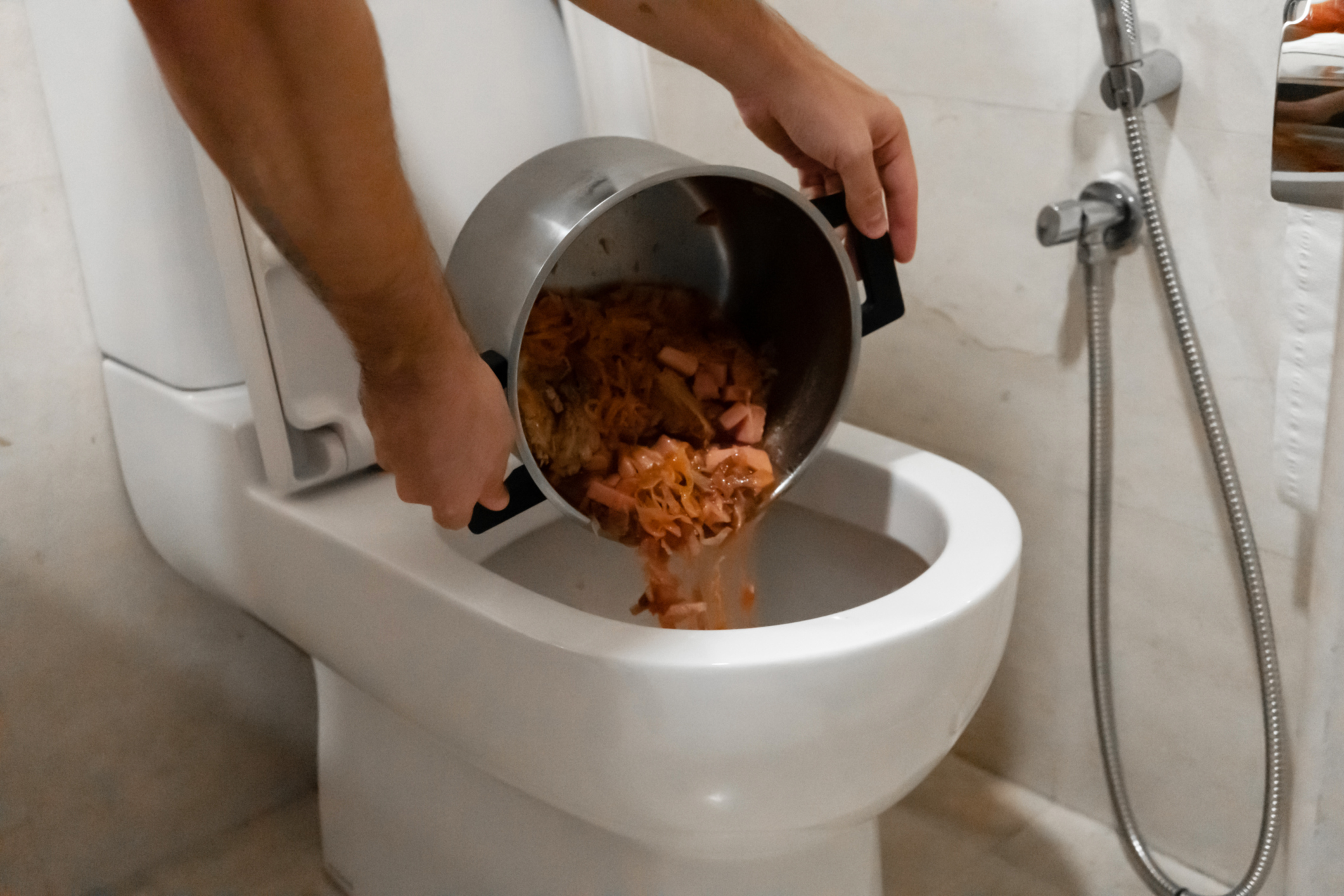Is it Acceptable to Flush Food in the Toilet?
Is it Acceptable to Flush Food in the Toilet?
Blog Article
What are your concepts about Flushing Food Down the Toilet??

Intro
Many individuals are typically faced with the dilemma of what to do with food waste, especially when it pertains to leftovers or scraps. One typical inquiry that emerges is whether it's fine to purge food down the toilet. In this write-up, we'll delve into the reasons why individuals may think about purging food, the consequences of doing so, and alternative methods for appropriate disposal.
Reasons that people may consider flushing food
Lack of recognition
Some people might not recognize the potential damage caused by purging food down the toilet. They may mistakenly believe that it's a harmless method.
Benefit
Purging food down the toilet may seem like a quick and very easy service to taking care of unwanted scraps, especially when there's no close-by trash bin readily available.
Negligence
Sometimes, people may just choose to flush food out of large idleness, without thinking about the consequences of their actions.
Effects of flushing food down the commode
Environmental impact
Food waste that ends up in rivers can contribute to pollution and harm marine communities. In addition, the water utilized to purge food can strain water sources.
Pipes problems
Flushing food can lead to stopped up pipes and drains pipes, causing expensive pipes repair services and aggravations.
Kinds of food that ought to not be flushed
Fibrous foods
Foods with coarse textures such as celery or corn husks can get tangled in pipelines and cause blockages.
Starchy foods
Starchy foods like pasta and rice can take in water and swell, bring about clogs in pipes.
Oils and fats
Greasy foods like bacon or cooking oils need to never ever be purged down the toilet as they can solidify and cause obstructions.
Appropriate disposal methods for food waste
Making use of a waste disposal unit
For homes furnished with waste disposal unit, food scraps can be ground up and purged with the plumbing system. However, not all foods appropriate for disposal in this way.
Recycling
Particular food product packaging products can be recycled, lowering waste and decreasing environmental influence.
Composting
Composting is an environment-friendly method to take care of food waste. Organic materials can be composted and used to enhance soil for gardening.
The significance of correct waste management
Minimizing environmental injury
Correct waste monitoring methods, such as composting and recycling, assistance reduce contamination and preserve natural deposits for future generations.
Protecting plumbing systems
By avoiding the practice of flushing food down the bathroom, property owners can stop pricey plumbing repair services and preserve the integrity of their plumbing systems.
Final thought
Finally, while it might be appealing to purge food down the bathroom for comfort, it is essential to recognize the possible effects of this activity. By embracing proper waste monitoring methods and dealing with food waste sensibly, people can contribute to much healthier pipes systems and a cleaner setting for all.
FLUSH FOOD DOWN THE TOILET?
FLUSHING FOOD CAN CAUSE BLOCKED DRAINS IN YOUR HOME
All of the plumbing fixtures in your home are connected to the same sewer pipe outside of your home. This outdoor sewer pipe is responsible for transporting all the wastewater from your home to the Council sewer mains. Even small pieces of food that go down the kitchen sink can cause problems for your sewer. It should therefore be obvious that flushing larger bits of food, such as meat, risks a clog in either the toilet itself or the sewer pipes. Flushing greasy food is even more problematic because oil coagulates when it cools, coating the interior lining of your pipes.
THE TOILET IS NOT A BIN
Food isn’t the only thing that people shouldn’t be flushing down the toilet. People use the toilet to dispose of all kinds of things such as tampons, makeup wipes, dental floss, kitty litter and even underwear. Water goes to great lengths to educate residents about the high costs and stress placed on wastewater treatment systems simply from people flushing the wrong stuff down the toilet. It costs taxpayers millions of dollars each year, and homeowners thousands in blocked drain repairs.
FLUSHING FOOD IS A WASTE OF WATER
Flushing food is a waste of our most precious resource - water. In June this year Level 1 water restrictions were introduced to protect water supply from drought conditions. Much of New South Wales continues to be affected by prolonged drought with recent figures revealing up to 97 per cent of the state remains in drought. Depending on whether you have a single or dual flush toilet, every single flush uses between five and 11 litres of water. In the current climate this is a huge amount of water to be wasting on flushing food that should be placed in the bin (or better yet, the compost).
https://www.jabplumbingsolutions.com.au/blog/can-you-flush-food-down-the-toilet

Do you really like reading about Flushing Food Down the Toilet?? Write feedback down below. We will be happy to find out your insights about this write-up. We are looking forward to see you back again before long. Sharing is good. You just don't know, you may be doing someone a favor. I value reading our article about .
Book Your Installation Report this page